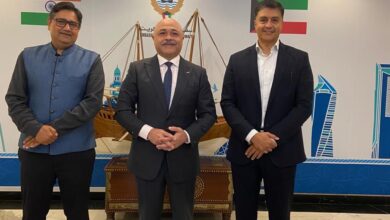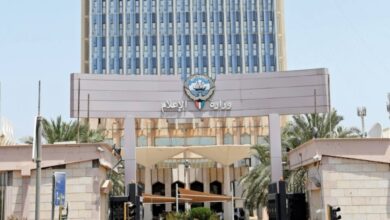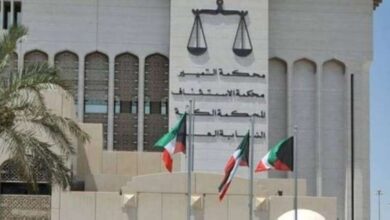Kuwait’s heritage rebirth: 100 landmarks set for restoration to boost tourism
The entertainment and cultural projects, set to launch soon, are part of the government's program to diversify the economy's resources and establish an economic identity, reducing reliance solely on oil revenue.

-
The initiative to transform historical and heritage buildings into tourist attractions is part of Kuwait’s efforts to boost domestic tourism and establish additional entertainment and cultural projects to attract visitors.
-
National Council for Culture will intensify efforts in preserving heritage mosques and restoring them in accordance with architectural principles. This includes 51 historical mosques, the oldest of which dates back to the second half of the 1880s.
After the Council of Ministers assigned the National Council for Culture, Arts, and Letters to expedite the implementation of plans and programs to rehabilitate heritage and historical buildings and sites in the country, a government source unveiled a plan to transform over 100 historical and heritage buildings into tourist attractions. This initiative is part of the state’s efforts to boost domestic tourism and establish additional entertainment and cultural projects to attract visitors.
The source clarified that the National Council for Culture, Arts, and Literature is spearheading new projects to preserve heritage sites. In collaboration with the Kuwait Municipality and other relevant parties, they are conducting survey work on all historical buildings across the country’s regions. Subsequently, they have forwarded a list of these buildings to the Ministry of Finance – State Property Administration.
The source highlighted that the plan to restore historical and heritage buildings and monuments aims to revive the country’s cultural heritage. They noted the significant importance the political leadership places on heritage, culture, tourism, and entertainment projects. These projects, set to launch soon, are part of the government’s program to diversify the economy’s resources and establish an economic identity, reducing reliance solely on oil revenue.
He referred to the higher directives issued to the National Council for Culture to intensify efforts in preserving heritage mosques and restoring them in accordance with architectural principles. This includes 51 historical mosques, the oldest of which dates back to the second half of the 1880s.
Maintenance and restoration
The National Council initiated restoration and maintenance work to preserve schools of historical significance. Work has been completed on the Al-Qabliya School for Girls, which has been transformed into a cultural and administrative center, the Kazma School in the Jahra region, also converted into a cultural and administrative center, and the Eastern Girls School, now functioning as a museum of modern art.
Work is also in progress on the Eastern Boys School, which will serve as a museum showcasing the history of education in Kuwait. Additionally, the National Council is undertaking efforts to restore the American Hospital, as well as the Sadu House and the Red Palace.
Due to advancements in administrative practices and the establishment of the National Council for Culture, Arts, and Letters, the responsibility for preserving archaeological buildings and antiquities in Kuwait was delegated to the council. Its engineering department is presently overseeing the restoration of several heritage buildings, including mosques, houses, and old official buildings. Some of these structures date back to the late nineteenth century, while others belong to the early twentieth century.
Heritage mosques
The number of historical mosques in Kuwait registered in the official records of the National Council for Culture is 51, with the oldest dating back to the second half of the 1880s. The Kuwaiti government places great importance on this archaeological wealth.
National Council officials explained that the system for classifying archaeological buildings is divided into four grades. The first grade comprises buildings of great importance that have typically remained unchanged or have permanently preserved their character, architectural, and historical qualities, such as the American Hospital and the Tribal School, followed by varying grades.
Shipbuilders
Among the buildings falling under the responsibility of the National Council for Culture, Arts, and Literature is the Al-Ayoub building in the Sharq region. This “hota” was historically utilized for building wooden ships and included houses for the families of some Qalalifs (shipmakers). Preparations are currently underway to convert these houses and the “hota” into a national museum for shipbuilding.
Among the archaeological buildings is the old municipality building, distinct from the Diwaniyah of Sheikh Mubarak. It is situated between Safat Square and Abdullah Al-Salem Street. This building served as the Kuwait Municipality headquarters, succeeding the aforementioned Diwaniyah. The National Council supervised the restoration of the building in preparation for its conversion into a museum for the Kuwait Municipality.
Additionally, among the historical buildings are the Sheikh Khazal Palace and the former National Museum.












